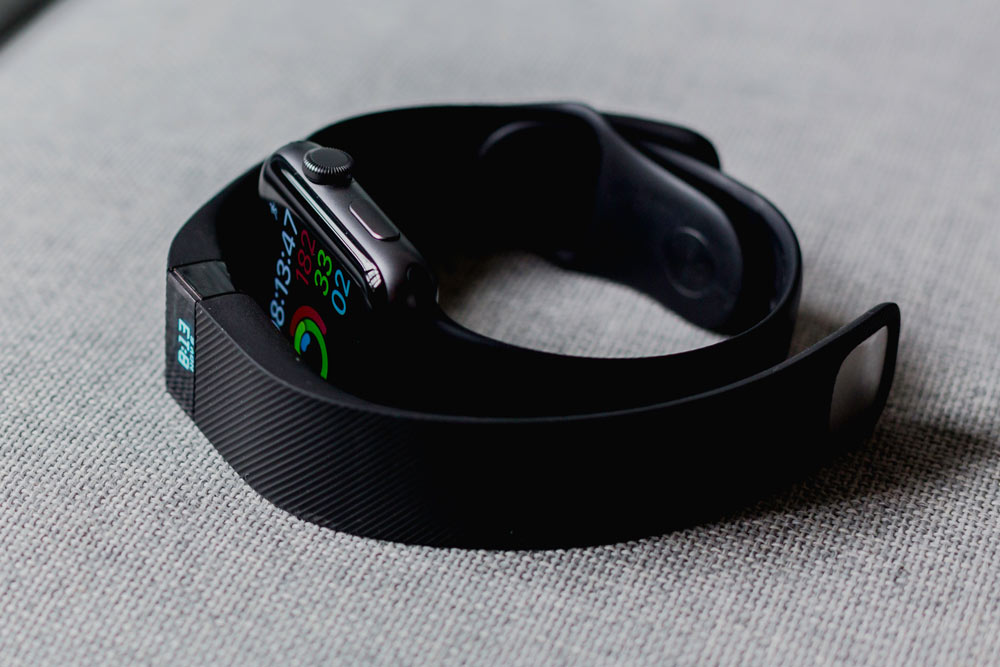For years, most means of transportation have come equipped with an event data recorder, or “black box.” In cars and trucks, these devices capture and preserve information like speed, whether seat belts were worn, or if the brakes were applied. This valuable data can be used to reconstruct how or why a crash occurred. With the rising popularity of fitness trackers like Fitbits, Garmin, and Apple watches, people are wearing their own personal black boxes. According to a 2016 survey by Rock Health, one out of four Americans own wearable devices, an increase of 12 percent from 2015.

Just like the technology found in our vehicles, these devices capture and preserve real–time data such as sleeping patterns, weight, heart and respiratory rates, daily steps and calories burned. In some cases, heart rate sensors are woven into workout gear (i.e. smart clothing) and can share that data with exercise equipment. Many devices are even capable of tracking the wearer’s physical location through GPS technology. This “wearable technology” was created to increase awareness of our daily activity level and improve fitness. However, these trackers have inadvertently created a new battleground in personal injury cases.
For those who wore their Fitbits before suffering a life-changing injury in an accident, the watch’s tangible data could be used in court to confirm how active they were before their setback. (As long as they can prove that the device was accurate and worn solely by them!) Conversely, the same information could be used by an insurance company’s attorney to discredit and impeach those who claim that they could not work out or sleep comfortably after an accident. While cases of using data from wearable tech in the courtroom are rare, these fitness trackers can provide persuasive evidence that could affect the outcome of a personal injury trial.
For example, in Canada a plaintiff used her wearable technology to demonstrate a decrease in physical activity after injuries sustained in an automobile accident. The attorneys in this case did not use the raw data from the plaintiff’s Fitbit, but rather data that was crunched by the analytics company, Vivametric, that compares a single person’s data to data from all users in order to determine if that person falls above or below average health. Using this data, the plaintiff was able to prevail on her claim.
Conversely, in Pennsylvania, movement registered from a Fitbit was used to disprove a witness’ version of events. After a woman told the police she was attacked while she was sleeping, she voluntarily provided the username and password information for her Fitbit, which police found in the hallway after she claimed it was lost in the scuffle. The data showed the woman was never asleep that night, but rather up and walking around, contradicting her testimony.
Consumers using wearable technology must understand that they are potentially allowing their daily movements to be scrutinized by others during litigation in the future. Furthermore, when it comes to the legal process, this very personal and intimate data may not be private – if it is relevant to the case, it is subject to be subpoenaed by the opposing party.
Additionally, the owner of the device may not have any control over who sees this data. The device’s privacy policy, which few people likely review, may state that the device’s manufacturer retains custody and control of the wearer’s personal health information in terms of its storage and release.
But is this data reliable?
As in the Canadian case, an additional problem stems from the fact that data from these devices may not be submitted to the court in its original form, but as analyzed conclusions completed by a third-party analytics company. Courts around the country are just beginning to interpret rules of discovery involving this relatively new technology, so litigation on wearable device data is expected to be more frequent and hotly contested in the coming years. The data may help advance your claim, but it is still unclear how and to what extent it may be used.
Whether or not you use any wearable technology, if you’ve been injured you should consult with an attorney about your rights.


